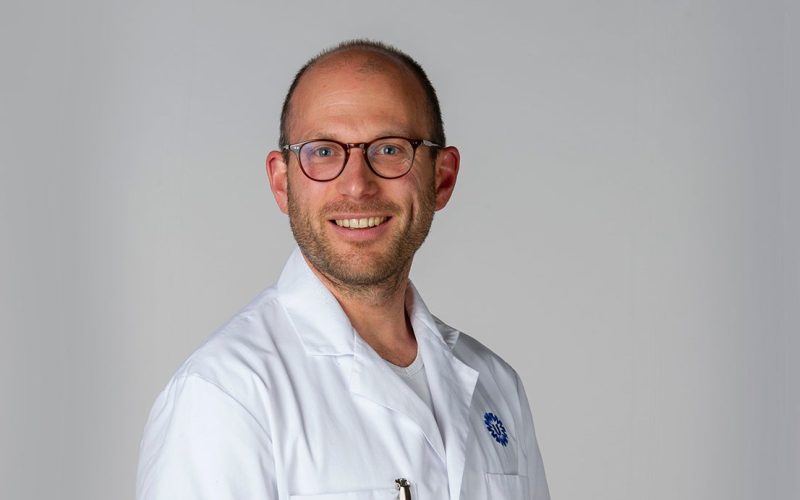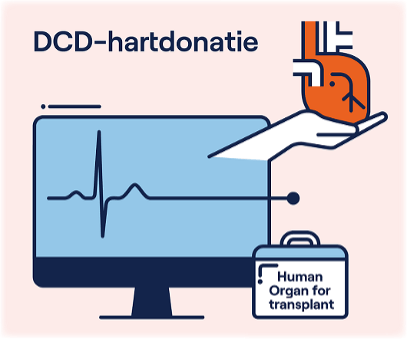Two years ago, the first heart transplant took place in the Netherlands via a new “heart-in-a-box” technique: by making a deceased patient’s heart beat again outside the body, it could still be donated. The great shortage of donor hearts prompted this new application and the first results are very favorable: 60 DCD hearts have already been transplanted and the waiting list is stabilizing.
In donation after circulatory arrest (DCD, Donation after Circulatory Death), the stopped heart of a deceased donor is placed in a special machine. There it starts beating again after being supplied with oxygen and blood. Previously, heart donation was only possible from a brain-dead donor whose heart was still beating.
The new technique is an important step toward shortening the waiting list for donor hearts. It is the result of efficient implementation of the new technique through close cooperation between UMC Groningen, UMC Utrecht and Erasmus MC. Niels van der Kaaij, heart-lung surgeon UMC Utrecht: ‘Together with the Dutch Transplant Foundation and Eurotransplant, we drew up a national protocol. All people on the waiting list for a donor heart were asked if they also wanted to receive a heart using the new method. The procedures were performed in the order of the national waiting list. ‘
Following an advice from Zorginstituut Nederland, the Ministry of Health has decided to reimburse the treatment from the basic health insurance package from January 1, 2024. And that’s good news. Because before the DCD heart donation procedure, there had been an increasing shortage of donor hearts for years, resulting in the death of one in seven people on the waiting list. Since the advent of DCD heart donation in the Netherlands, the waiting list has stabilized. At the end of July 2023, there were 164 people on the waiting list for a donor heart.
Michiel Erasmus, heart-lung surgeon UMC Groningen: ‘Up to and including June, we have already performed 30 heart transplants in the Netherlands this year, while for years the norm was 40 per year. If we can perform close to 60 heart transplants this year, we will far exceed that number in 2023. Then hopefully we will also see a decrease in the number of people on the waiting list and the number of people who die before a suitable donor heart becomes available. We are already seeing a stabilization in the number of people on the waiting list, whereas in recent years it was only growing. And the results for the recipient patients are at least as good as with the traditional heart donation method.’
Olivier Manintveld, Erasmus MC cardiologist: ‘In a DCD procedure, the donor’s circulation and breathing are stopped. After a five-minute ‘no touch’ period, death is determined and the heart is removed and placed in a perfusion machine. In the machine, the heart starts beating again after supplying oxygen and blood.’ And that gives surgeons more peace of mind and time to perform the operation, Manintveld said: ‘The heart is protected on the perfusion machine. It can be kept for about eight hours before being transplanted. By using the machine, we are using hearts that we could never use for transplantation before.
The NTS regulated the frameworks within which the project to introduce DCD heart donation could be rolled out nationally. The NTS is designated by law as an organ center and works with hospitals on organ donation and transplantation. The NTS manages waiting lists of people waiting for a donor organ or tissue, consults the Donor Registry and is responsible for assigning organs and tissues to recipients, based on strict protocols and laws and regulations. The NTS supports hospitals and health care institutions in organizing donation. It also provides information on how organ and tissue donation and transplantation works. The NTS does this on behalf of the Ministry of Health, Welfare and Sport (VWS).

